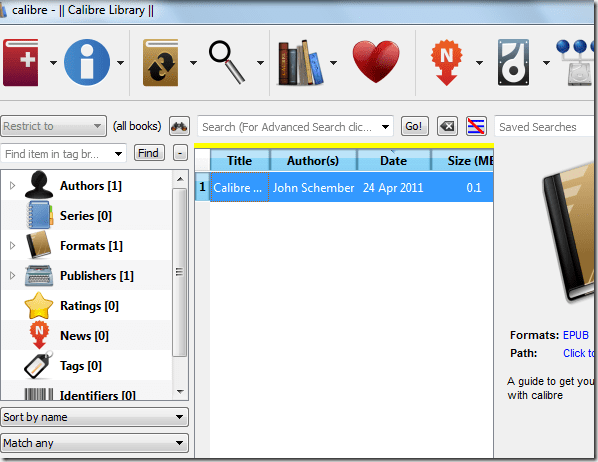

That means if a vendor wants to implement DRM in EPUB, they have to figure out how to do it themselves. It’s also worth noting that, while the EPUB format does allow for Digital Rights Management (DRM), it is not part of the standard. As they are exceptionally easy to parse and render, you can find EPUB reader applications on even very low-end devices.

While the 3.x branch has introduced some fairly large changes in the core format to better handle multimedia content, EPUB can still ultimately still be thought of as a relatively simple web page contained in a ZIP file. The current version of the EPUB format (3.2) was released in May of 2019, and offers features such as the ability for Internet-connected devices to load fonts and other content from outside the container file itself. At that point it was renamed to EPUB, short for Electronic Publication.ĮPUB continued to evolve over the years, and in 2016 the IDPF merged with World Wide Web Consortium (W3C) in an attempt to bring the publishing industry inline with the latest in web development. OEBPS went through several revisions over the years, and in 2007 it became the official technical standard of the International Digital Publishing Forum (IDPF). Used by some of the very first dedicated electronic readers from the likes of Sony and Intel, it essentially consisted of a manifested ZIP archive that contained pages written in a form of XHTML, with CSS used for styling. The history of the EPUB format can be tracked back to 1999, with the version 1.0 release of the Open eBook Publication Structure (OEBPS). But given that it’s the reality when using one of Amazon’s readers, this seems a good a time as any for a brief rundown of the different ebook formats, and a look at how we got into this mess in the first place.

Users shouldn’t have to wade through an alphabet soup of oddball file formats when there’s already an accepted industry standard in EPUB. If you think this is a lot of unnecessary confusion just to get plain-text files to display on the world’s most popular ereader, you aren’t alone. At the same time the Send to Kindle documentation noted that support for AZW and MOBI files would be removed later on this year, as the older formats weren’t compatible with all the features of the latest Kindle models. Granted this is still an improvement, as it represents a relatively low-effort way to get the open format files on your personal device but in sending the files through the service they would be converted to Amazon’s KF8/AZW3 format, the result of which may not always be what you expected. It wasn’t long before the original post was updated to clarify that Amazon had simply added support for EPUB to their Send to Kindle service. Native support for EPUB would make using the Kindle a lot less of a hassle for many folks, but alas, it was not to be. Accordingly, many users have turned to third party programs which can reliably convert their personal libraries over to whatever Amazon format their particular Kindle is most compatible with. But rather than supporting the open eBook format, Amazon had always insisted in coming up with their own proprietary formats to use on their readers. After all, it was a feature that owners have been asking for since the Kindle was first released in 2007. The story was picked up by all the major tech sites, and for a time, there was much rejoicing. Last last month, a post from the relatively obscure Good e-Reader claimed that Amazon would finally allow the Kindle to read EPUB files.


 0 kommentar(er)
0 kommentar(er)
